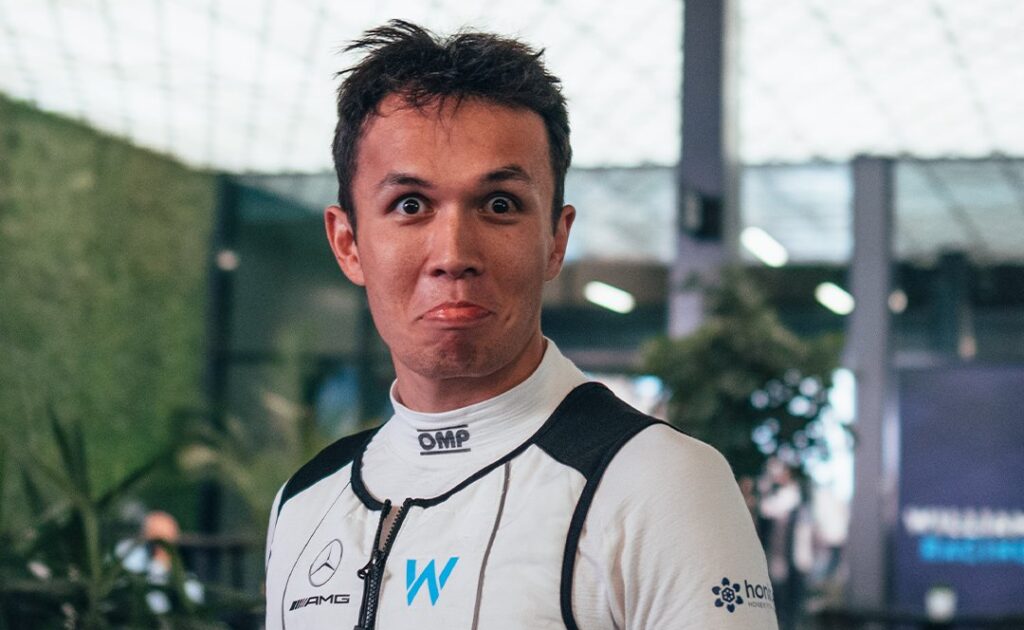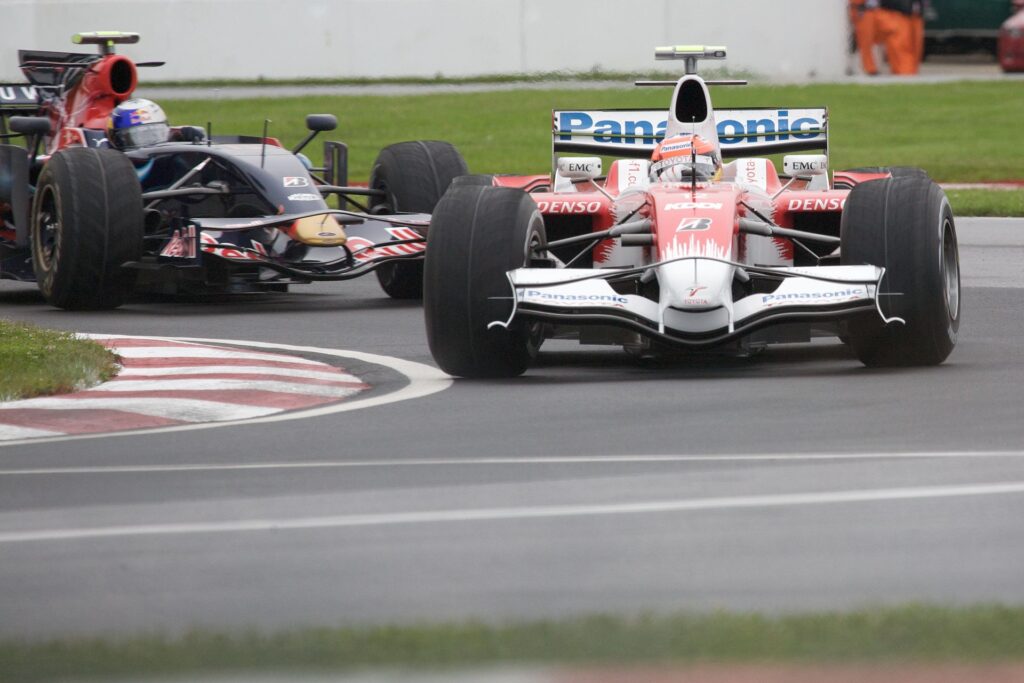When McLaren announced their reunion with Honda in 2013, it was met with widespread excitement and expectations of success. After all, the two giants of motorsports had already enjoyed a fruitful partnership in the late 80s and early 90s, when they dominated Formula One with the likes of Ayrton Senna and Alain Prost.
However, the 2015-2017 period marked a tumultuous time for the partnership, as they struggled to match the pace of their rivals and faced numerous reliability issues. Despite showing flashes of potential and improvement, the McLaren-Honda partnership ultimately failed to live up to its full potential and ended on a disappointing note.
GET ONE MONTH FREE AND LEARN HOW TO BUILD YOUR OWN WEBSITE HERE
The Beginning of a New Era
After two decades apart, McLaren and Honda finally joined forces again in 2015, with the goal of recapturing their past glory and becoming a title-winning team once more. The partnership was viewed as a symbol of hope and renewal, as McLaren aimed to end a difficult period marked by poor performance and a lack of competitiveness.
At the beginning of the 2015 season, the new McLaren-Honda MP4-30 was launched, sporting the iconic red and white livery and powered by a cutting-edge 1.6-liter V6 turbocharged engine developed by Honda. The car was designed with an aggressive and aerodynamic approach, and the team aimed to make a statement in the first race of the season in Australia.
However, the season got off to a rocky start, as both drivers, Jenson Button and Fernando Alonso, retired from the race due to mechanical issues. The team quickly realized that they had a long road ahead of them, as they struggled with reliability and performance issues throughout the season. Despite this, both drivers remained optimistic and kept pushing, with Button scoring the team’s first points of the season in Monaco, and Alonso putting in a series of strong drives, including a fifth-place finish in Hungary.
Making Progress, but Lacking Consistency
The 2016 season saw McLaren-Honda make progress in terms of performance and reliability, as the team worked tirelessly to improve the car and the engine. With the introduction of new rules and regulations, Honda made a significant improvement to the power unit, which allowed McLaren to fight for points more consistently.
Despite the improvement, the team still faced setbacks, with both drivers retiring from multiple races due to engine and power unit issues. Despite this, Alonso continued to deliver some remarkable drives, including a memorable fifth-place finish in Monaco, and a strong performance in Hungary, where he finished sixth.
Hoping for More in 2017
Going into the 2017 season, McLaren-Honda had high hopes, as they aimed to build on the progress they made the previous year. The team launched the MCL32, which was designed with a focus on aerodynamics and downforce, and they had a new power unit developed by Honda, which was expected to deliver more power and reliability.
However, the season proved to be a continuation of the struggles faced by the team in previous years, as they faced numerous reliability issues and struggled to match the pace of their rivals. Despite this, Alonso remained a standout performer, putting in a series of strong drives, including a brilliant fifth-place finish in Monaco.
The End of an Era
Despite the passion and the effort put into the partnership, McLaren and Honda ultimately failed to deliver on their promise. The three seasons marked by unreliability, lack of competitiveness, and disappointment, ultimately led to the end of the partnership.
In 2018, McLaren announced that they would be switching to Renault engines, ending their short-lived reunion with Honda.


![McLaren and Honda [2015-2017]](https://wheelsports.co/wp-content/uploads/2023/02/1920px-Jenson_Button_070615.jpg)


